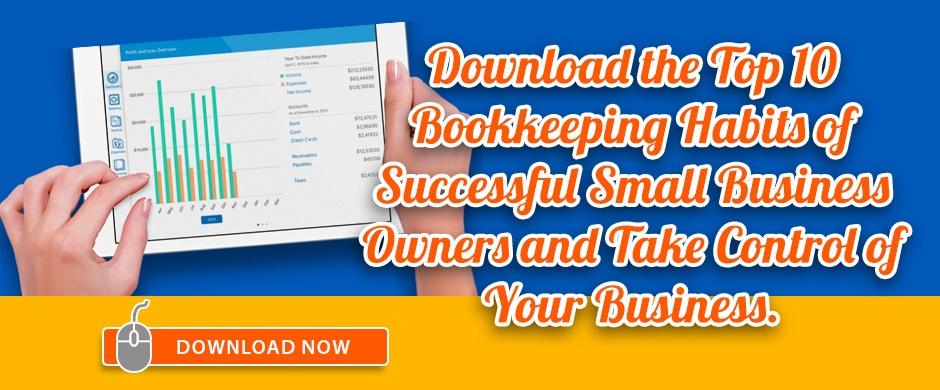When you start your small business, you most likely forecasted your sales (income) and your expenses with the goal of figuring out when you’d hit break-even and when you’d start to make a profit.
It takes money to make money, but the question is how much money will you need to invest in your business before it is making a profit?
Break-even seems like a pretty straightforward thing to figure out. When sales equal expenses you are at break-even. Right? Not always. Shifting variables make it difficult to determine that number with accuracy.
There is a process called break-even analysis that helps you understand how profits change as revenue fluctuates allowing you to forecast your break-even point in your small business.
Let's examine how to calculate a break-even analysis for your small business in detail.
Break-Even Analysis
Break-even analysis depends on a few key assumptions:
1. Average per-unit price
You have a price that you sell your goods (products) for and this is the per-unit price. If you sell your services then the “unit” is one hour of your time. Remember to take into account any discounts or special offers that might impact your price.
2. Average per-unit expenses (also called “variable expenses”)
These are the expenses that are tied to the production of what you sell. If you sell a product, then you need materials to build that product. If you sell services, then you need more staff to provide the services.
3. Fixed expenses
These expenses remain constant no matter how much you sell. Your rent is a fixed expense as are things like depreciation and certain types of labour.
Once you have the basic numbers figured out you are ready to move onto the next step, figuring out your contribution margin.
You can define “contribution margin” as a formula:
Contribution Margin per-unit = Average per-unit price - Average per-unit expense
What does that mean? Essentially, after you cover the per-unit expenses, the formula tells you how much you have to put towards your fixed expenses.
Here is an imaginary list of per-unit expenses for one product unit:
Materials................................$10
Sales commissions................$7
Waste disposal fees...............$1
Shipping.................................$2
__________________________
Total per-unit expenses = $20
If you were to sell each unit for $100, here is what your contribution margin equation would look like per unit:
$100 Revenue
- $ 20 per-unit expenses
______________________
= $ 80 Contribution margin
The contribution margin tells you that your per-unit expenses are covered, and you have $80 per unit to contribute to your fixed expenses. This can also be expressed as a ratio. Simply take the contribution margin ÷ per-unit price = contribution ratio (%).
You can look at your break-even in units per-day or revenue per-day. Simply fill in these formulas to find the magic number.
In units:
Fixed expenses per day ÷ contribution margin per unit = break-even point in units per day
In dollars:
Fixed expenses per day ÷ contribution ratio = break-even point in dollars per day
For example, if we know that we have fixed expenses per day of $480 then our break-even would look like this:
In units:
$480 ÷ $80 = 6 units per-day to achieve break even
In dollars:
$480 ÷ 0.8 = $600 per-day to achieve break-even
Getting to Profitability
Now you can calculate what you need to sell to keep the lights on, but you probably want to make some profit. Profit allows you to draw a salary, save up for new equipment or hire additional staff. You can use the same calculations as above, but you will need to increase the daily costs to include the amount of profit you want to achieve.
That covers the basics of break-even analysis. Remember, as things change in your business, say, your average per-unit price goes up, average per-unit expenses go down or you have new business goals, you can use these calculations to determine how many units or how many dollars you need to sell per-day to achieve your desired outcome.
Related Reading: What is Small Business Accounting and Why Do I Need It?
Want to learn more? Download "The Top 10 Bookkeeping Habits of Every Great Small Business Owner."
